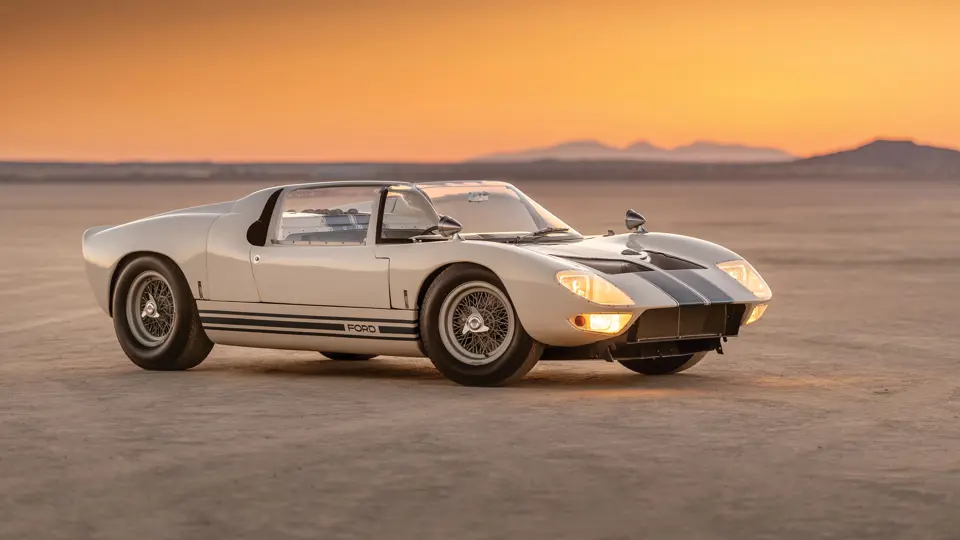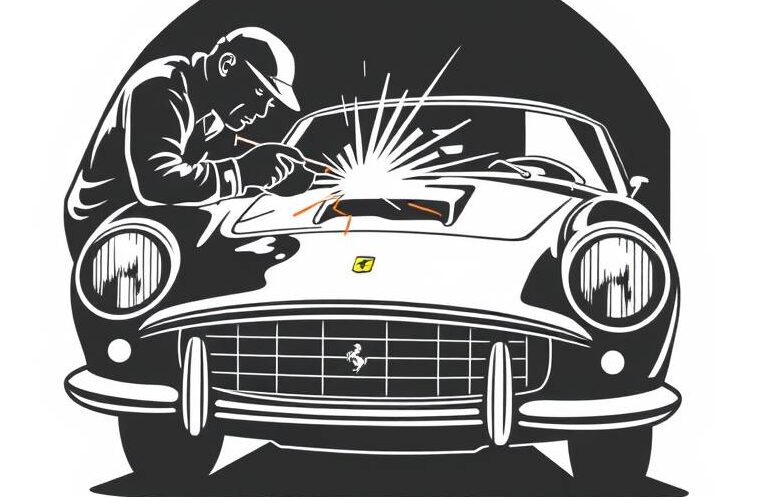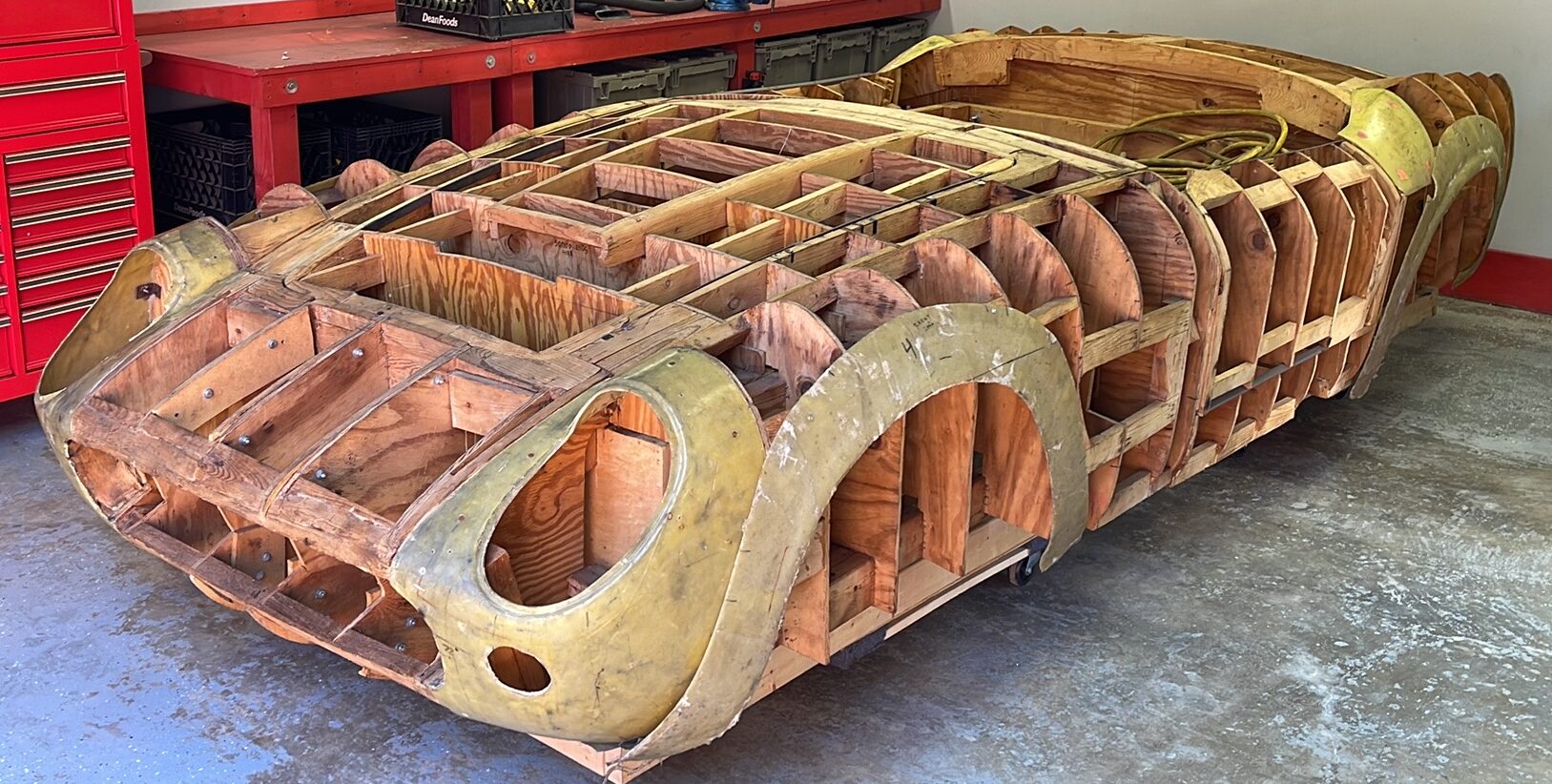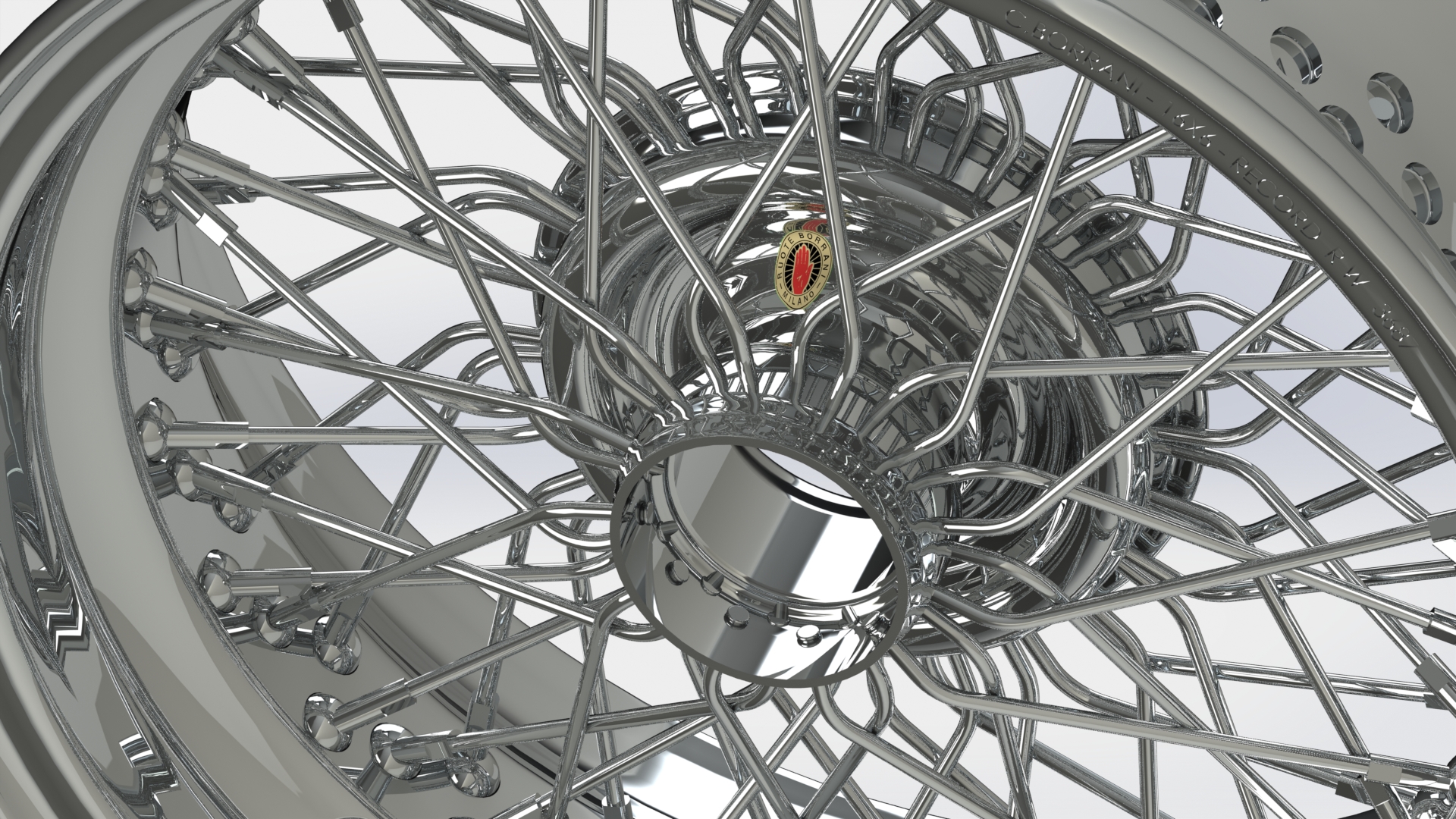Starting at the beginning.
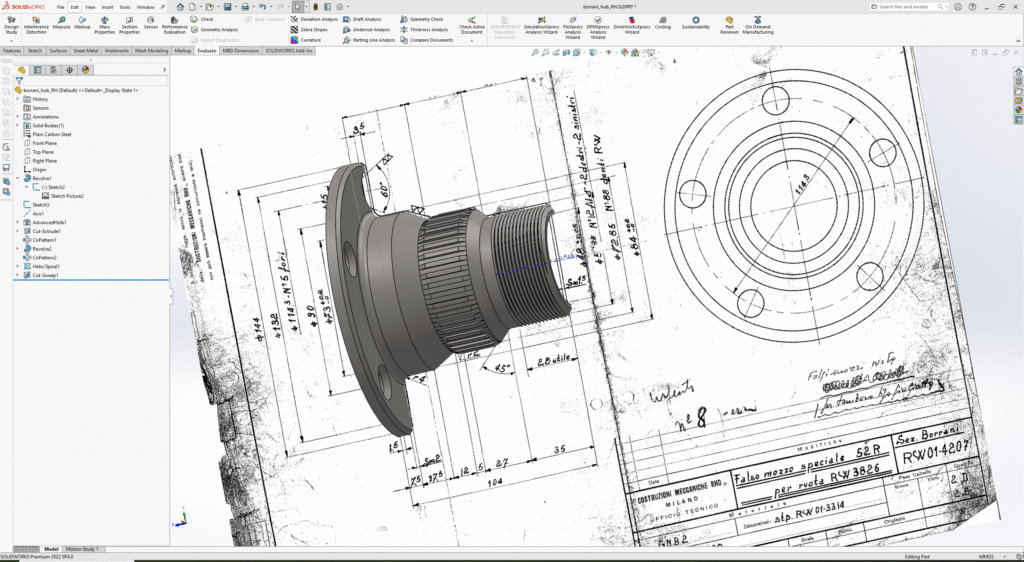
No classic Italian car would be complete without a set of beautiful Borrani wire wheels. Model years 1961-1963 California SWB cars used Borrani RW3687 wire wheels. We will be discussing these rims a great deal in upcoming posts but for now, let’s try to find out why in 1963, Borrani was making their wheels compatible with Ford 4 1/2″ bolt patterns!
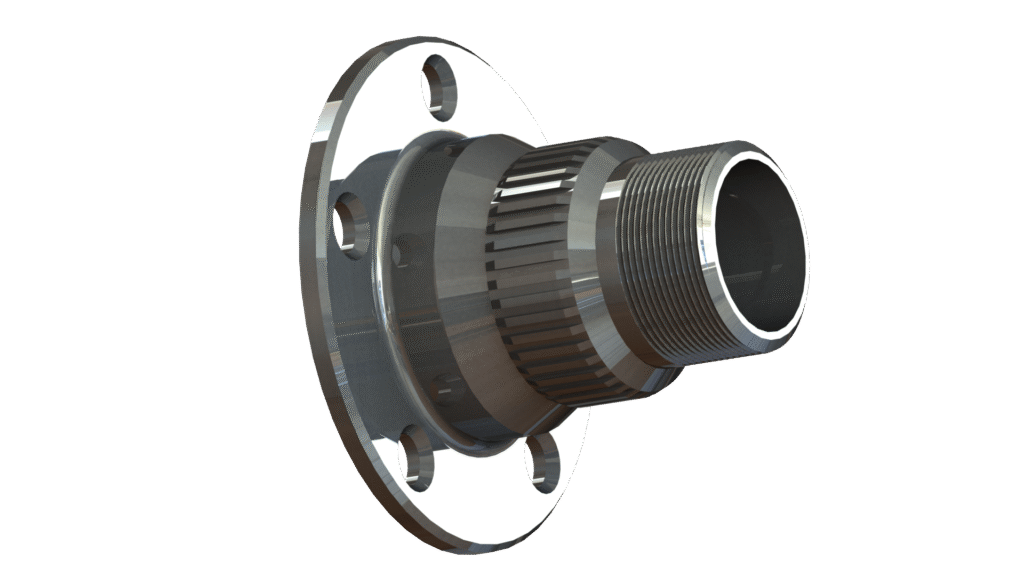
European Style Meets American Might!
Borrani likely started making wheels compatible with Ford bolt patterns in 1963 as part of Ford’s development of the GT40 race car. The wheels would have been fitted to early versions of the GT40 during its initial testing and development phase.
The Ford GT40 racing program
Targeting Ferrari: After Enzo Ferrari spurned a potential takeover bid from Ford, a furious Henry Ford II launched a racing program to beat Ferrari at the 24 Hours of Le Mans.
Building the GT40: Ford hired British race car builder Eric Broadley and his company, Lola, to develop the car. Early prototypes, using a Ford engine, were built and tested beginning in 1963.
Relying on Borrani: Ford turned to Borrani for wheels during this crucial development phase. Borrani was a leading wire wheel manufacturer and the official wheel supplier for Ferrari, a position they held until 1966. This decision enabled Ford to use a proven and high-quality product as they developed their new race car.
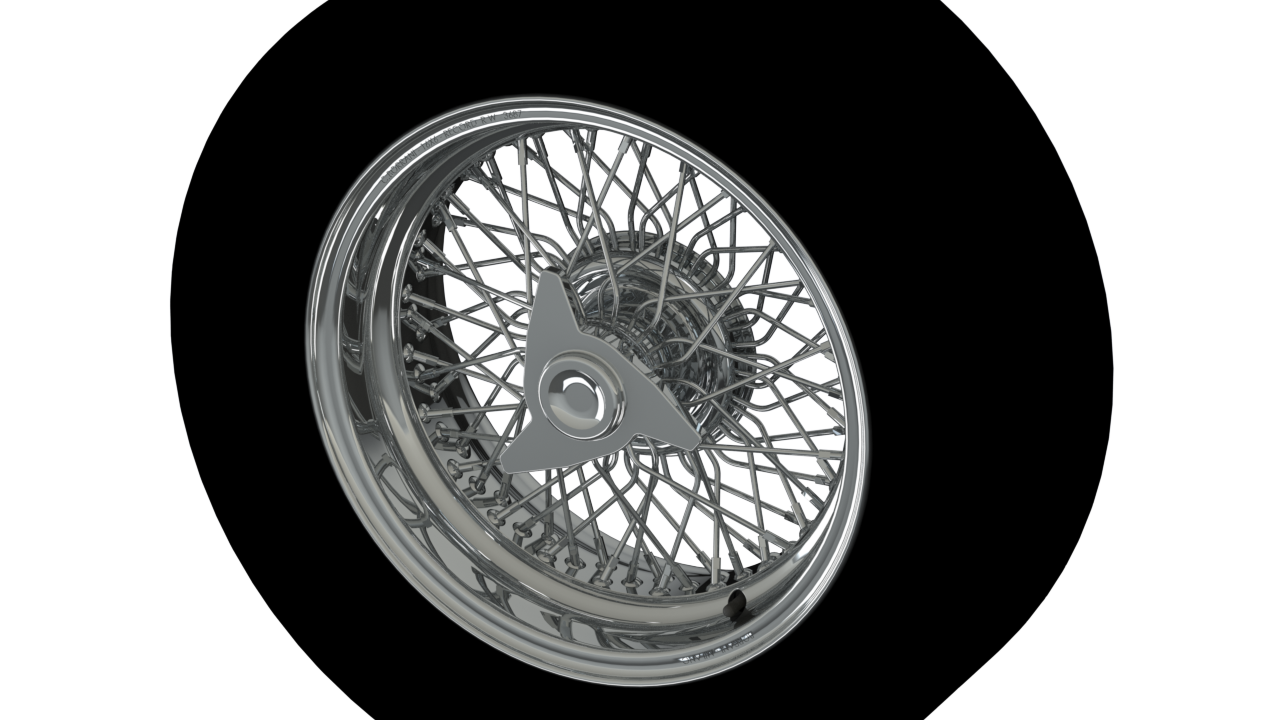
The transition from wire wheels
While some early GT40s were fitted with Borrani wire wheels, their use was short-lived. As testing and development progressed, the team switched to lighter and stiffer magnesium alloy wheels from companies like Halibrand and BRM. These cast wheels became the standard for the GT40s that would ultimately dominate Le Mans in the mid-1960s.
